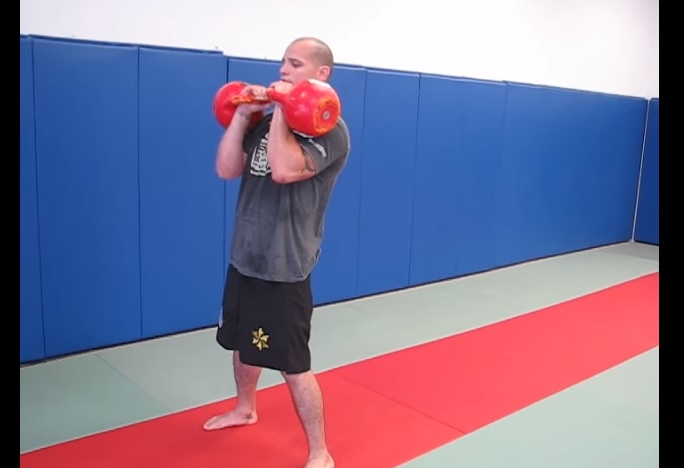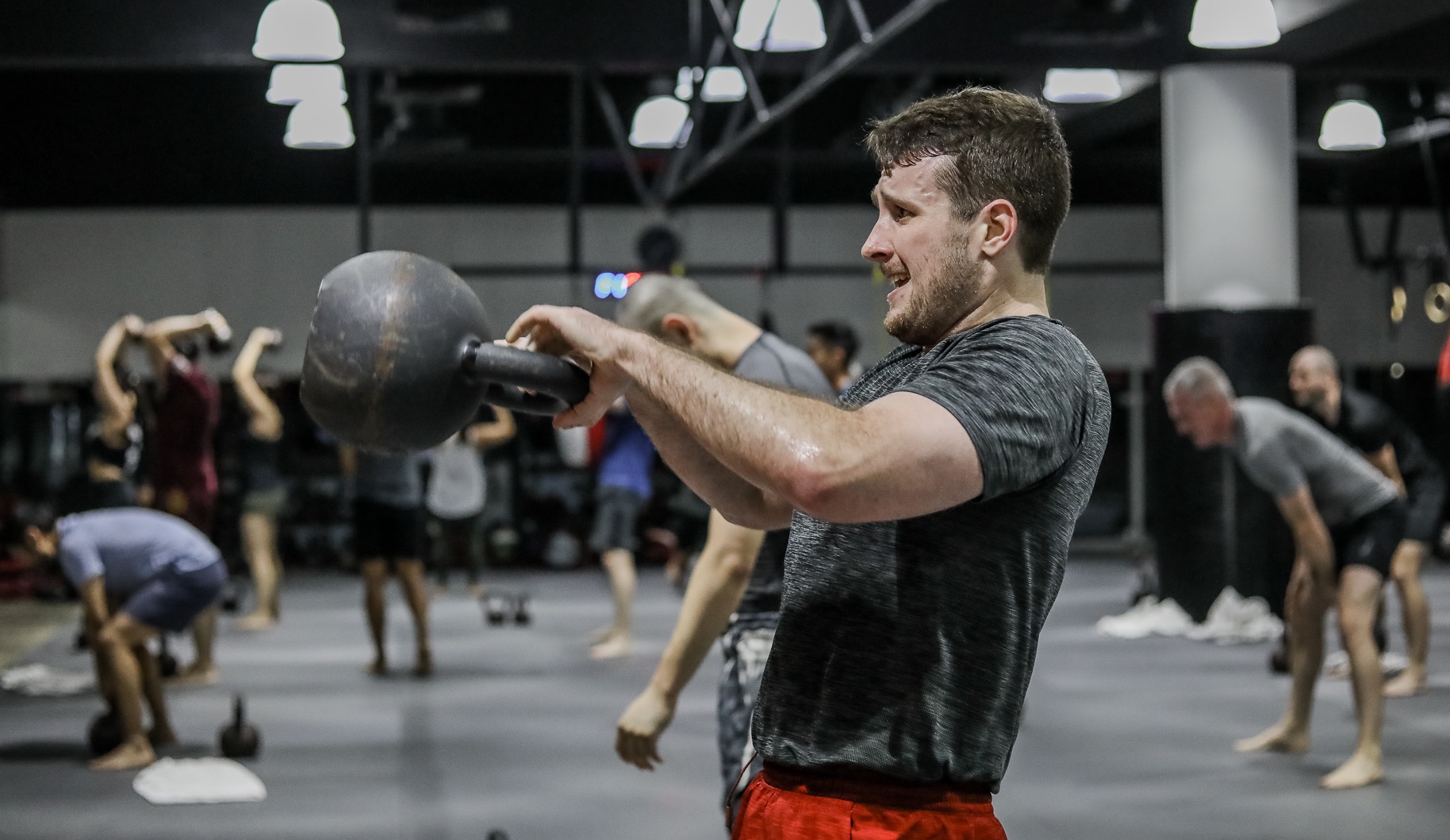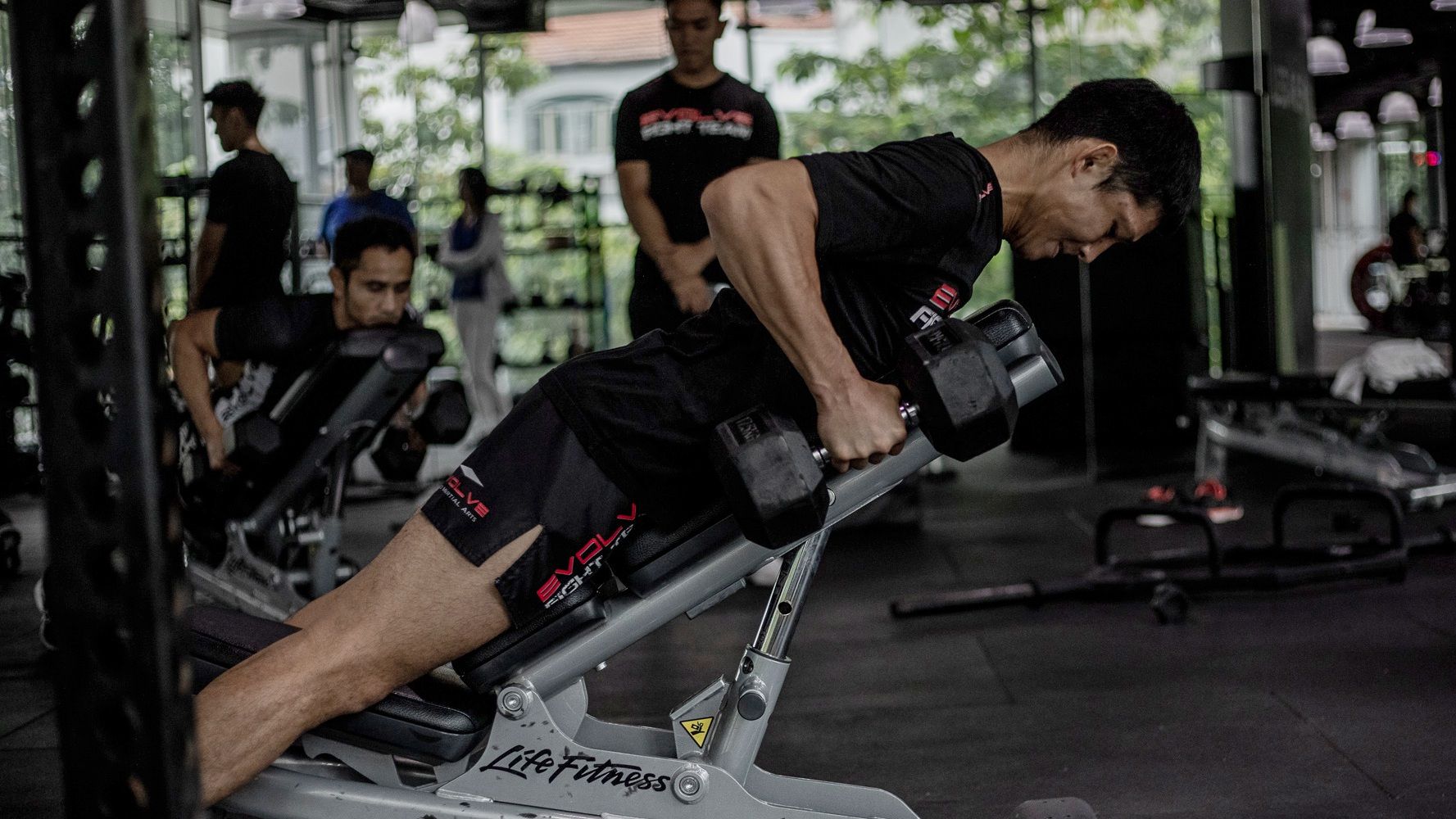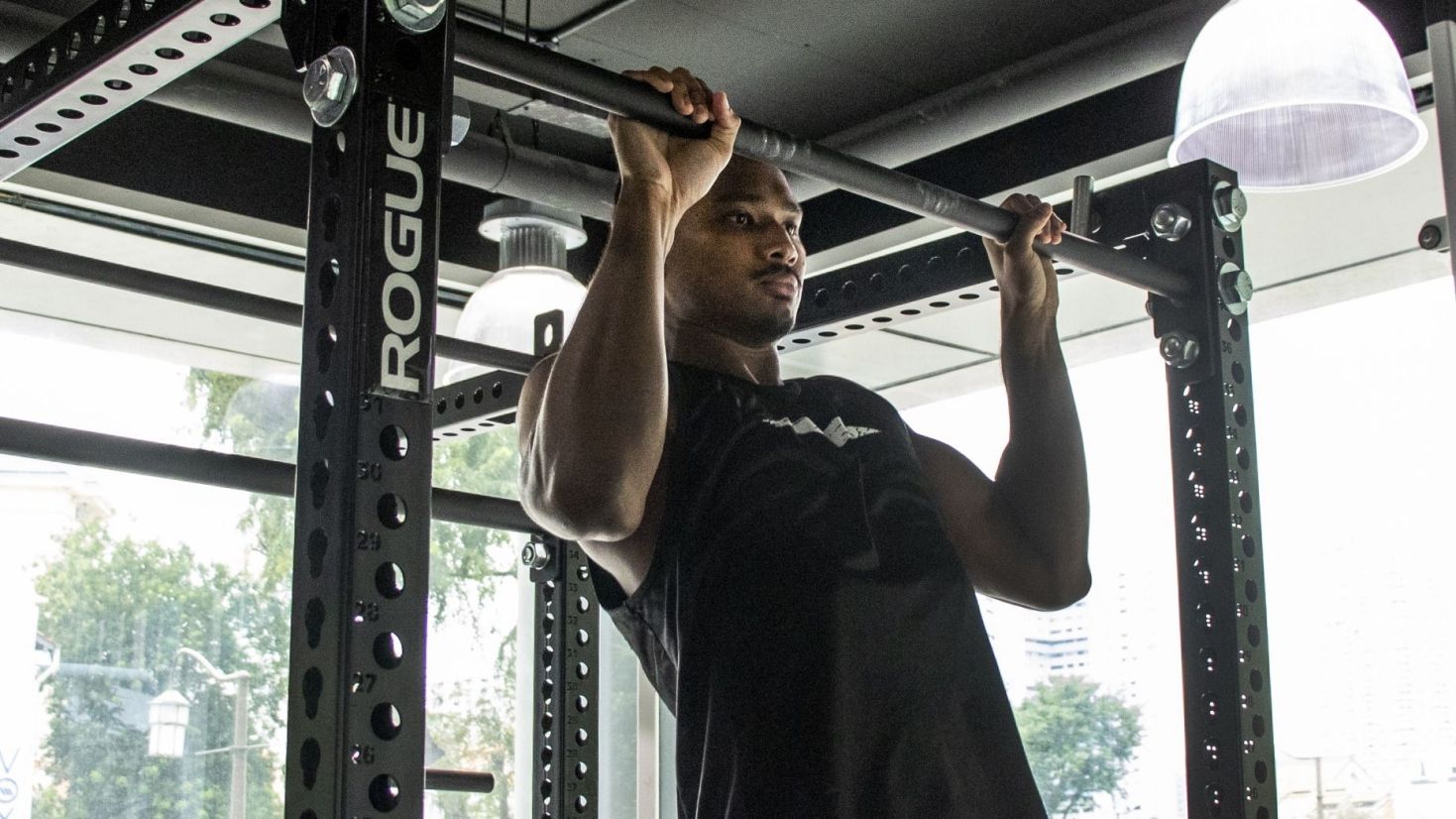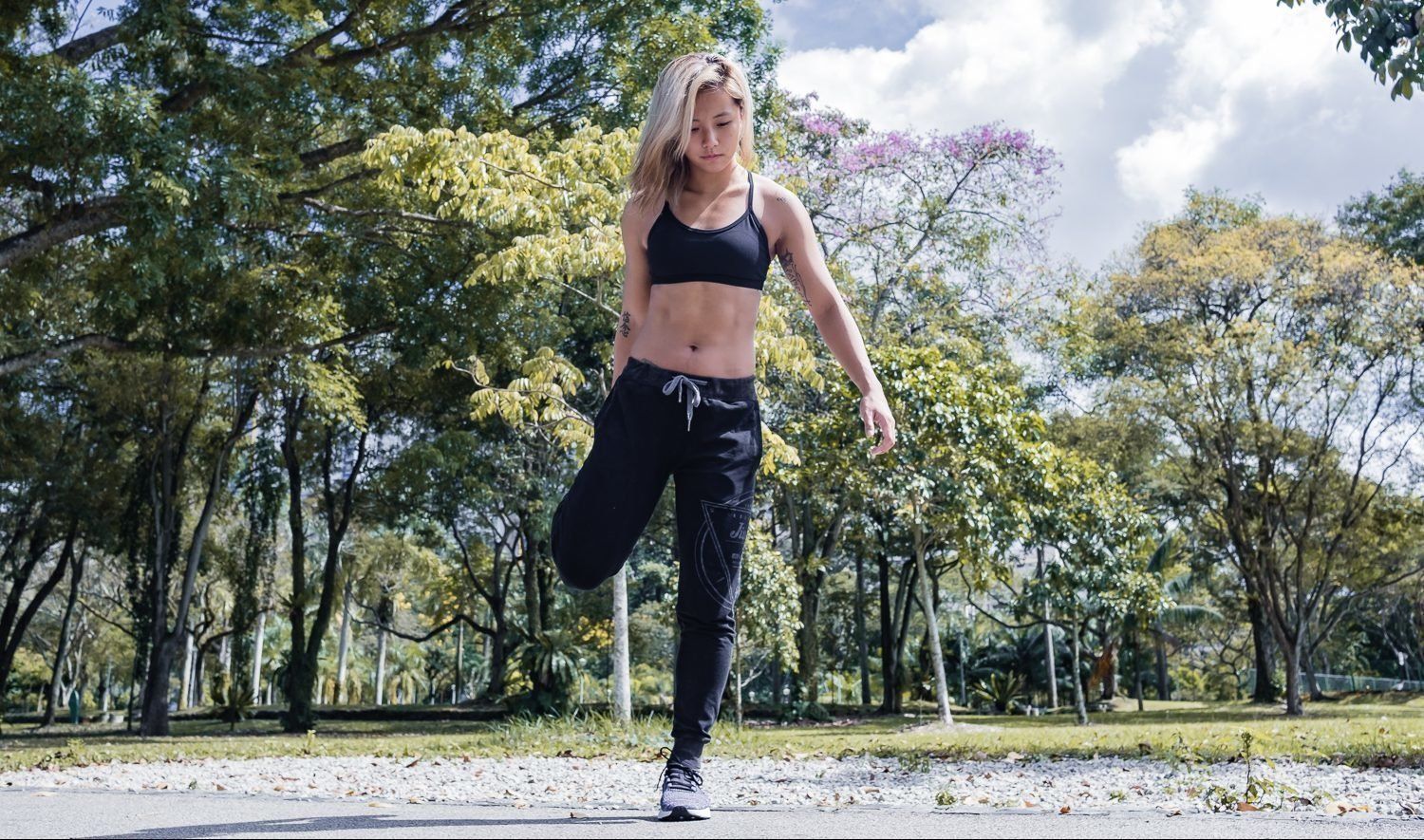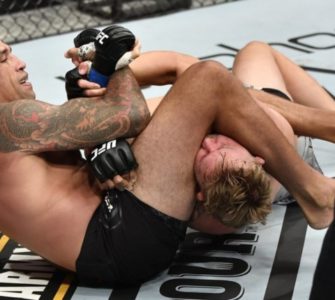Guest post by Evolve MMA, Asia’s premier championship brand for martial arts. It has the most number of World Champions on the planet. Named as the #1 ranked martial arts organization in Asia by CNN, Yahoo! Sports, FOX Sports, Evolve MMA is the top rated Martial Arts gym in Singapore.
Circuit training replaces the wastage and boredom of your run-of-the-mill workout with results. It makes the most use out of your limited time. By providing brisk cardio and strength training, circuit training builds muscle while vaporizing fat. This makes it a great way to achieve a toned body in little time.
Depending on its design, a circuit training routine can give you a beginner level workout or an intense burn. You want the latter if you have been doing circuit training for a while. So, how do you take your circuit training routine to the next level?
You do that by understanding the components and qualities of a good circuit training workout.
Putting together a good circuit training workout
The ideal circuit training routine should target many or most of the muscle groups in the body. It does all this while giving the hearts and lungs a brisk workout, as well. Most of all, the routine should keep the brain alert and engaged.
Here are the different ingredients that go into a circuit training routine.
The basic building blocks of a circuit training routine
Kyokushin Karate World Champion Hiroki Akimoto from the EVOLVE Fight Team training at Evolve MMA (Far East Square) in Singapore.
Circuit training is a form of full-body, high-intensity exercise. As such, a single circuit has to check the following boxes:
- Upper body exercises to target the muscles in the arms, chest, shoulders, back, sides, and abdomen
- Lower body exercises that target the muscles of the lower back, hips, glutes, thighs, and legs
- Compound exercises that work the entire body at the same time and act as a transition to the cardio part of the routine
- To complete the circuit, brisk cardio that helps to condition the heart, the circulatory system, and the lungs
This is a list of the four categories of exercises that go into the making of a single circuit. Under each category is a list of exercises that vary in difficulty, intensity, and effect. We’ll take a closer look at each type of exercise as we see how to craft a next-level workout.
Timing
ONE Superstar Amir Khan from the EVOLVE Fight Team working out at Evolve MMA (Far East Square) in Singapore.
To know how much time you need to allocate to a single exercise in the circuit, you should have an idea of how long the work out session is. Circuit training is specifically designed to make maximum use of limited time. Meaning that you can have a workout session that lasts anywhere from ten minutes to an hour.
If you have half an hour to work out, then you have to make each individual exercise short, so that you can get a brisk and full workout. You should allocate one minute for each exercise, with a one minute break at the end of the circuit. If you have four exercises in a circuit, plus a minute to catch your breath, then you have a five-minute circuit that you can repeat six times to make a 30-minute full-body workout.
It then follows that a 45-minute workout will allow you to allocate more time for each exercise in the circuit, making longer circuits. Or shorter circuits that you can cycle through more times.
The sequence of exercises
One approach to circuit training is to work complimentary muscle groups. This means that you can do two upper (or lower) body exercises back to back. As an example, you can do an exercise that targets the deltoid muscles on the shoulder, followed by one that targets the lats on the back. This approach lends itself to longer circuits comprising of five or more exercises.
A second approach is to perform an exercise for the upper body, followed by a lower-body exercise. This allows the upper body to rest while you exercise one or more muscle groups in the lower body. This is the best approach when you only have a few minutes to workout. It allows you to do a high-intensity circuit without the need for a long break.
How to level up your circuit training routine
A good fitness journey does not throw a ‘newbie’ into the deep end. It starts at a manageable pace and gradually increases in intensity and difficulty. Since you are looking to move your circuit training routine to the next level, you need to make it interesting, so you quickly become comfortable with it. Here is how:
1) Target the entire upper body
Work the muscles of the upper body with fun, intense exercises. Let’s divide the upper body into different target areas. We can divide it into the shoulders, arms, chest, sides, back, and abdomen. The first exercise in our circuit should target one or more of these areas. Here are some examples of some common exercises:
- Pushups work most muscle groups in the upper body, all at the same time. You can do them on a level surface or better yet, with your feet safely anchored on an exercise ball
- Bench dips, a form of pushup where your arms rest on a slightly raised bench
- Weighted crunches or crunches done while holding an exercise ball
- Kettlebell swings
Form is everything with these exercises, so ask a trainer or a workout buddy to check yours. You should perform as many reps of a particular exercise as you can in the span of a minute (or 90 seconds).
2) Exercise the lower body
This will give the upper body a break and keeping your heart pumping. Meaning that you should switch from the first to the second exercise in the circuit without pausing. Here are some examples of such exercises:
- Jumping squats work every muscle in the legs, backside and lower back
- Weighted squats do the same
- So do calf raises
- Lunges, in all their variations
3) Perform a compound (full-body) exercise
This type of exercise works the whole body at the same time. To get the most out of your workout, switch from the previous exercise to the next without taking a break. Here are some full-body exercises that will push your body and create an afterburn:
- A squat with an overhead press
- A deadlift works the legs, arms, chest, shoulders, and abdomen
- Pull-ups performed with your legs at a right angle to your body
- Horizontal pull exercises like bent-over rows and cable rows
- You could also learn Muay Thai and practice on a heavy bag. Find a trainer to help with your technique and your form
4) Go all-out on cardio to complete the circuit
Complete the set by doing a mad sprint, preferably on an incline. Or you can do a super-intense minute (or two) on a bike. Any cardio that will get your blood pumping will work. Just make sure to do it as hard and as fast as you can. Follow this exercise with a minute-long break before you start the cycle afresh.
This sudden, intense burst of activity will get your blood pumping, which, strangely enough, will give you fuel to start the next circuit.
Circuit training is a fun and efficient way to keep fit
If you need a workout routine that will engage your mind and your body, circuit training is a good choice. You get to build and sculpt muscles while burning calories as well as fat. At the same time, you enjoy a brisk cardio workout that whips your lungs and circulatory system into shape.
Put your fitness journey into high gear by taking up a circuit training routine that will challenge you in every way.
If you’re looking to take your fitness to the next level and unlock your physical potential, give a circuit training class a try.
Rolling Strong combines scientific exercises and routines specifically geared towards grappling.
Phil Daru is a performance coach for over 200 Elite Level Fighters in all aspects of combat sports.
Learn a comprehensive approach that covers everything from proper warmups to exercises designed to improve your guard!

